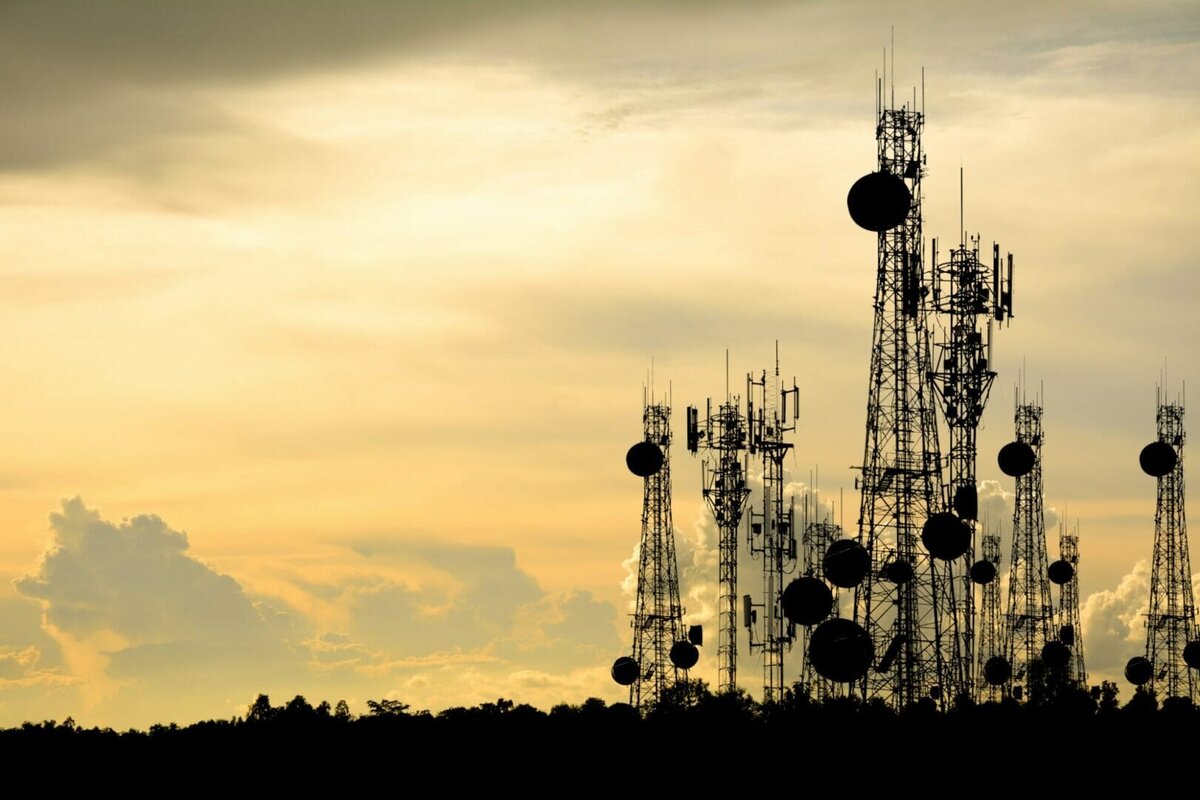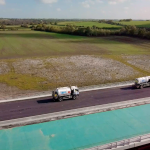Remote telemetry units (RTUs) vital as industry switches from analogue to the Internet of Things (IoT), 4G and 5G
The biggest change in telecoms history is already underway. However, as BT continues its plan to switch-off all analogue phone lines by 2025, a lot of utilities — particularly in the broadcasting sector — still rely on these analogue lines. Here, Matthew Hawkridge, chief technology officer at Ovarro, explains why remote telemetry units (RTUs) are crucial for broadcasters to embrace IoT, 4G and the 5G roll-out.
Public switched telephone network (PSTN) lines underpin most phone lines in people’s homes, and have done for well over century. Today, aside from homes, most of Ovarro’s customers rely on PSTN lines.
However, the broadcast industry must now look to the future and switch from these old, trusted systems to new technologies like the Internet of Things (IoT) and 4G. And, of course, the most recent 5G technologies. Companies that don’t adapt to these new systems risk their devices in the field becoming obsolete and ineffective.
But, what exactly is the technological change that broadcasters need to make?
Make that change
Upgrading requires moving to better communications through remote telemetry units (RTUs) and supervisory control and data acquisition (SCADA) systems. New-generation RTUs and SCADA must be able to handle the IoT, 4G and 5G.

COPYRIGHT 2011 WENDIESWONDERS.COM
Put simply, RTUs monitor the transmitters in the broadcast network using the Simple Network Management Protocol (SNMP), an Internet Standard protocol for collecting and organizing information about managed devices on IP networks.
SNMP is particularly relevant to changes in device behaviour in broadcast networks. Let’s say a transmitter stops working, affecting the information that is communicated from that device to the SCADA software. If this information is missed, it can result in the operators of the network having an incomplete or incorrect view of their broadcast assets — potentially causing problems to the service.
To avoid this, broadcasters should opt for advanced RTUs that store data. So, if communication is lost, the RTU can record and buffer up the data with timestamps. This means the engineer can review the sequence of events contained in this information, and identify faults at the specific time they happened. Ovarro’s RTU, the TBox LT2, also push alarms and fault data upstream to the SCADA, to ensure the fault can be actioned and recorded for future analysis.
Using an intelligent RTU helps to flag or prioritise any issues in the network to better support reactive maintenance. This technology helps engineers get sight of a fault before it becomes critical.
For broadcasters, success is all about being proactive and reactive to potential faults. Unsurprisingly, this is much easier with the real-time mobile access to data provided by the LT2. The RTU brings together advanced automation functions and a data logger with wireless communications into a single telemetry unit. This minimises installation costs while also being suitable for IoT and 4G requirements.
New protocols
Alongside the capabilities of the RTU itself, broadcasters making the transition to IoT, 4G and 5G also need the support of a technically capable provider of RTUs.
One Ovarro customer, a British telecommunications company that provides most of the UK’s broadcast infrastructure, was finding it difficult to interface its equipment with the RTUs. To solve this, Ovarro worked with the customer to develop new communication protocols to enhance interoperability and data sharing between the devices. Ovarro’s supplied hardware and bespoke SCADA software solved this issue.
Elsewhere, Ovarro’s own customers have applied our RTUs in areas where they previously couldn’t get a mobile signal. That includes in underground or enclosed settings, as our RTU’s using IOT technology have much better ground penetration. These advantages deliver a secure process for collecting and actioning data and therefore cost savings for the customer.
The end result is better network coverage, which will be vital as the telecoms industry moves towards the biggest change in its history.
With the right RTUs, communication can keep-up with IoT, 4G or be rolled-out as part of 5G.







